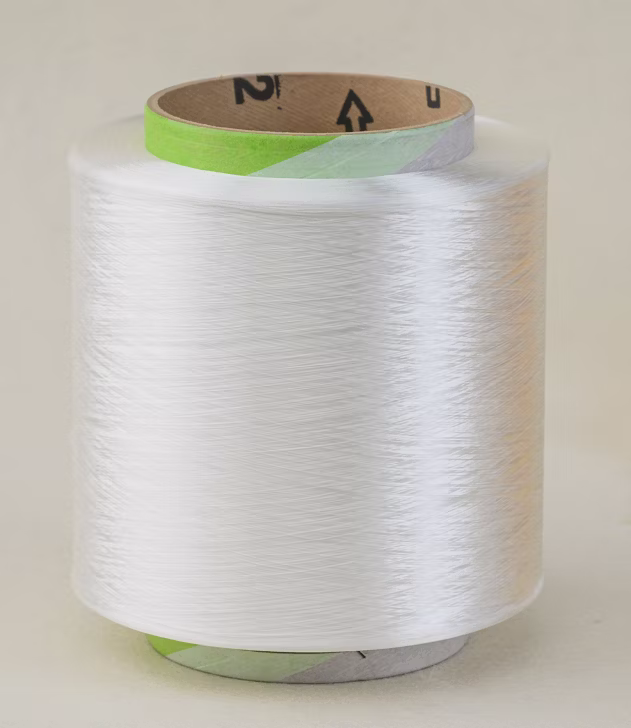Polyurethane Potting Compounds – Enhanced Protection for LEDs
The potential energy savings that can be obtained from the use of LEDs has indisputably driven the global acceptance of this comparatively new technology. However, the low energy consumption is only one of advantages available from the use of LEDs. As a result of their physical characteristics – i.e. small size and relatively low weight, they have exploded the boundaries of possibility for both lighting and lighting effects. This has effectively changed our concept of the LED as a simple white indoor bulb replacement to a multi-coloured, aesthetically pleasing lighting product with options for some really challenging environments.
The increasing variety and complexity of applications is creating new challenges in terms of protective materials and users require the highest level of performance available. In short, protective materials must ensure that the LED can perform in all environments, whether this be an internal application in Europe, outdoor street lighting in India or underwater lighting in Australia. LEDs are sensitive electronic components and often require additional protection against mechanical damage, moisture and other environmental factors.
The use of an encapsulation resin to protect LEDs has become increasingly common over the past few years. The selection of the resin is dependent upon a number of different factors; the viscosity of the mixed system, useable life and gel time for the liquid properties, as well as the hardness, density, colour and operating temperature of the cured resin. When directly protecting the LED, there are a number of essential factors; key amongst these is the clarity of the material applied to ensure the maximum utilisation of light output from the LED. In addition, any potential changes that can occur over the lifetime of the LED must also be considered.
DEMAK have developed a number of polyurethane encapsulation resins that cover a range of different property requirements that have been optimised for the LED encapsulation market. Two component (2K) resin systems are designed to offer the ease of handling and flow to allow the liquid resin to flow into the housing and around the LEDs, yet will react to form a crosslinked polymer that is tough and protects against the environment.
Polyurethane resins are available in a range of different size packs, which are designed to allow both manual and machine mixing and dispensing. For low volume or prototype work, often manual application is the best option. While for series production, machine application is by far the preferred method as it allows for the production of a consistently mixed resin, which is independent of the machine operator and the unit into which the resin is being applied. Certainly, the use of a machine is the most economical method of resin application, and there are a number of manufacturers who can offer suitable equipment dependent upon the volumes to be dispensed.
There are some important considerations to note when potting LEDs. For example, it is important that the geometry of the housing and any other pieces such as lenses are considered.

The mixed resin is designed to flow around any obstacles in its way, however, if there are undercuts or overhangs then these can potentially trap air, which can result in poor adhesion, as well as lead to bubble formation during the curing time. If a large volume of resin is to be potted into a single unit, then it would be worthwhile considering potting the desired amount in 2 or 3 charges or shots, this then allows for any resin shrinkage to be taken into account, as well as helping to minimise any trapped air. Also the staged application approach allows for the use of a second resin, which could be an opaque or coloured layer to give the desired optical effects in the unit.

The optical properties of the cured resin have been carefully assessed to ensure that the resins preserve the colour characteristics of the LED as far as possible. When the calculated colour temperature of the LED is measured, it has been found that there is a shift in temperature, which is proportional to the depth of the resin layer applied over the top of the LED. It is, however, possible to control the colour shift by careful selection of the resin type and the depth to which it is applied.
Of course, we have mainly been discussing the LED itself, which is the most visible component of the lighting unit to the customer, but there are also a number of other components that are present that would also benefit from being encapsulated in resin to extend their service life, these include transformers, sensors, capacitors and resistors. For these components, there are a wide range of encapsulation and thermal management products which are specifically designed to maximise the service life of the complete unit. For certain applications, such as emergency, tunnel and explosive atmospheres lighting, it is possible to use flame retardant resins to encapsulate the units to meet the ATEX requirements.
The range of optically clear resins developed for LED applications are all polyurethane based resins. Polyurethane resins are highly suitable resins for the protection of LEDs in a number of different environments, in addition, they can also be adapted to offer additional benefits, such as pigmented systems used for covering the PCB up to, but not over, the LED. Such resins are used for protection of the PCB, offering an aesthetically pleasing finish whilst adding to the performance of the luminaire by reflecting the light off the PCB and increasing light output. The amount of light energy that a single LED can produce is relatively low, hence the need to cluster a number of units together in order to produce the desired amount of light. There are a number of methods for obtaining the desired colour, either with white LEDs, which produce light in a broad wavelength range, or using LEDs which produce light in a more discrete wavelength band. By combining a number of different colour LEDs together, it is possible to produce a wide colour palette.
In addition to offering clear products with a high clarity, Electrolube’s semi-rigid polyurethane resins have been developed specifically for LED lighting manufacturers to provide a high level of environmental protection for their products with additional benefits.
In order to minimise the potential of yellowing due to UV exposure, the polyurethane resins all use an aliphatic isocyanate which has been carefully selected to offer optimum long-term stability, as well as having one of the lowest hazard classifications. Since the resins are polyurethane based, the maximum service temperature is 130°C, for higher temperatures we have an optically clear silicone resin that can withstand temperatures up to 200°C.
UV stability is of key importance when considering polyurethane protection systems for LEDs and in order to verify this, Electrolube have completed weathering resistance tests on a number of encapsulation resins. Tests were conducted in accordance with ISO 4892 part 3 cycle 1 ‘Plastics Methods of Exposure to Laboratory Light Sources’ and carried out in a QUV SE Accelerated Weathering Tester. After 1000 hours’ exposure, the results indicated that the optically clear polyurethane and silicone resins, have superior resistance to UV light, maintaining their clarity throughout the exposure testing. Exposure intensities will vary depending on geographical locations and therefore it is important to establish the correct accelerated exposure time for your region. As an example, this test is roughly equivalent to 4 years weathering resistance in a typical Northern European climate.
In order to determine the protection that our encapsulation resins afford, Electrolube carry out harsh water immersion tests. Under this testing regime, polyurethane resins have demonstrated excellent resistance to immersion in water, and in particular, salt water. The high resistance levels allow for a wide variety of underwater applications including underwater cable jointing, protection of underwater LED lighting in both fresh and salt water swimming pools, lighting on ship decks and protection of various sensor devices. In such cases, clear or coloured resins may be needed and must offer high adhesion and low dielectric constant throughout the lifetime of the device operating in harsh conditions. Read our case study that clearly demonstrates the effectiveness of polyurethane encapsulation resins for challenging and even harsh environments.
Please contact us for technical assistance






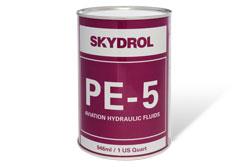



 Permabond
Permabond Demak
Demak Therminol
Therminol Eastman Aviation
Eastman Aviation LEFA
LEFA Naia
Naia LPS
LPS Marlotherm
Marlotherm Atul
Atul LPS Sprays
LPS Sprays
 LPS MAX
LPS MAX
 DYKEM
DYKEM
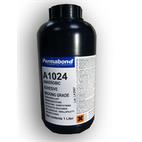 Anaerobics
Anaerobics
 Cyanoacrylates
Cyanoacrylates
 Structural Acrylics
Structural Acrylics
 2-Part Epoxies
2-Part Epoxies
 1-Part Epoxies
1-Part Epoxies
 Polyurethane Adhesives
Polyurethane Adhesives
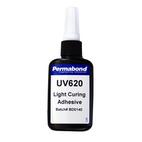 UV Adhesives
UV Adhesives
 Low Temperature
Low Temperature
 Mid Temperature
Mid Temperature
 High Temperature
High Temperature
 Vapour Phase
Vapour Phase

.png)


 MRO Products
MRO Products
 Turbine Engine Oil
Turbine Engine Oil
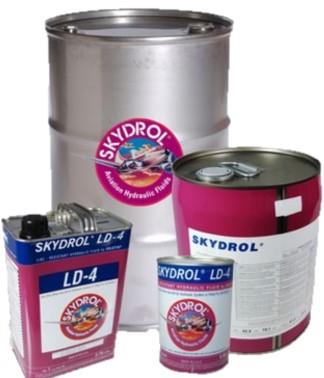 Hydraulic Fluids
Hydraulic Fluids
 Cleaners
Cleaners
 Anti Icing
Anti Icing



















